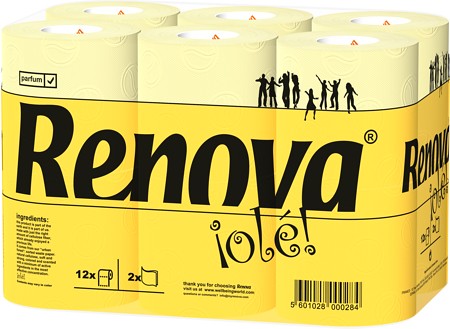A crise afecta, de forma nem sempre evidente, os padrões de consumo. Já falamos disso aqui no passado. Apesar (e/ou por causa) da crise o consumo de bens de luxo está em franco crescimento. Deixo aqui o artigo da Economist mas no Google aparecem muitos outros…
“Luxury goods
A surprising recovery in luxury goods
Oct 21st 2010
“IN THE dark days of the recession people didn’t want to show the bling,” says Alisa Moussaieff, owner and managing director of Moussaieff, a London jewellery shop. Some of her wealthy customers bought diamonds or other gems as an investment during the financial crisis, since paper assets seemed so dodgy at the time. Rather than flaunting their purchases before recession-pinched passers-by, however, they asked for plain white shopping bags. As the global economy mends, such restraint is wearing off. Yet even the luxury industry’s boosters did not expect such a cork-popping recovery.
On October 14th Moët Hennessy Louis Vuitton (LVMH), the world’s biggest luxury-goods company by sales, reported a 14% increase in sales in the first nine months of the year, after correcting for such factors as currency fluctuation. Burberry, a British clothing firm, also reported double-digit sales growth in the six months to the end of the September. On October 28th, PPR, a French retail and luxury group, is expected to report strong results.
“The strength of the recovery was a surprise,” says Claudia D’Arpizio, a luxury-goods expert in the Milan office of Bain & Company, a consultancy. Big brands such as Louis Vuitton and Hermès are the main winners. With their deep pockets, they were able to continue to open new shops and invest in the business during the crisis.
Luxury has always been a cyclical industry, but in the past decade it has soared and plunged like a well-dressed bungee-jumper. The early 2000s were grim: terrorist attacks in America, a global outbreak of SARS and the war in Iraq all tempered people’s appetites for international travel and frivolous purchases. From 2004 to 2007, however, luxury shoppers worked themselves into a frenzy of indulgence. Then, as the financial crisis bit, they stopped. Last year the global luxury market shrank by 8%. But the luxury recovery that began towards the end of 2009 has now gathered momentum. Bain predicts 10% growth for this year.
Pockets of confidence in America help. Luxury sales there slumped by 18% last year. This year shoppers are feeling less shy about showing off, and department stores are gleefully stocking up with pretty stuff for the holiday season.
The mood in China is even blingier. Luxury sales grew 20% even during the industry’s annus horribilis last year and are forecast to boom by an astounding 30% this year. In five years China, which already accounts for a tenth of global demand for luxury goods, is predicted to be the third-largest market for them.
The boom has caught some firms with their elegant trousers down. Despite nationwide strikes in France, Louis Vuitton, a peddler of posh handbags, does not have sufficient stock to cater to the sudden increase in demand. Anxious to save enough goodies for Christmas, the company is closing its flagship shop on the Champs-Elysées in Paris earlier each day and raising its prices in the euro zone.
Yet the good times for luxury firms will probably not last. Next year Bain predicts that growth will slow to 3-5%. The strength of the euro will hurt the top firms, which are disproportionately Italian or French and often lovingly hand-craft their products within the euro area. Tax increases in Europe will make the rich feel poorer and less inclined to splash out. Consumer confidence is crucial. If people feel glum, they don’t buy baubles.”


